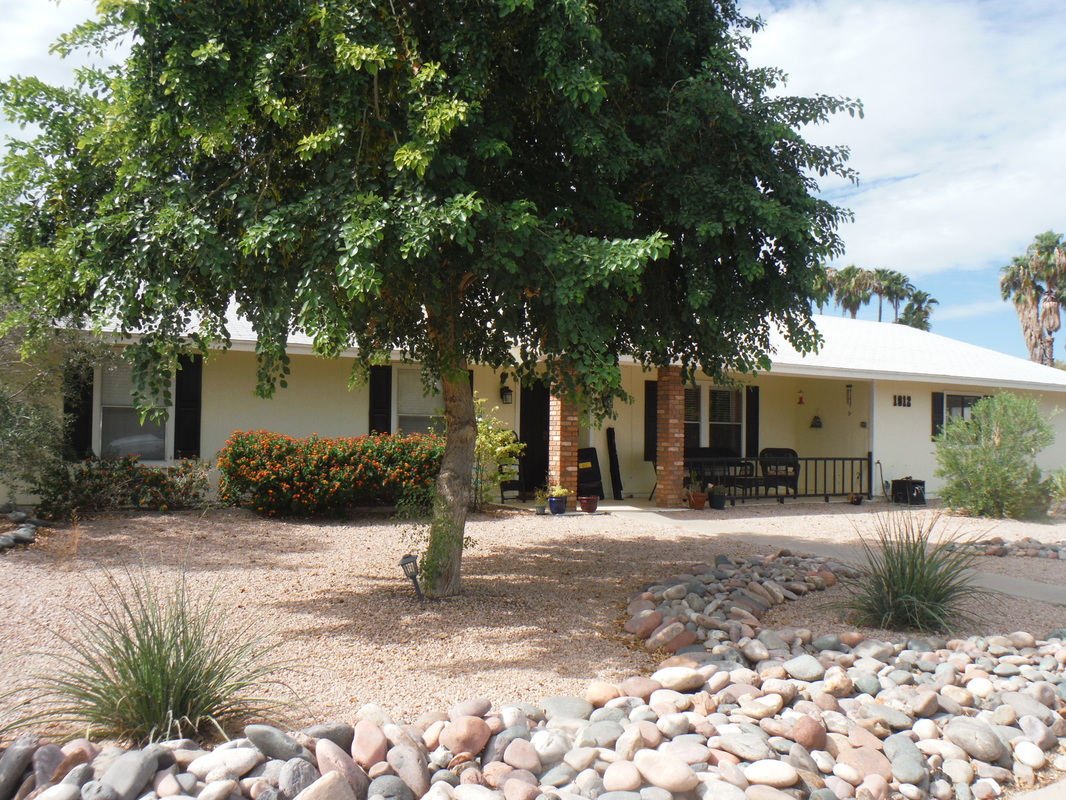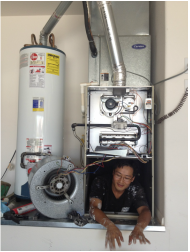A 2100 sq ft ranch home in Phoenix, AZ built in 1975 has the homeowner complaining of high energy bills of $350 in July. Your auditor goes out to find the static pressure of 0.6 IWC on the return and 0.2 IWC on the supply with a twist elbow on the roof. The summer and winter temperatures are kept at 78 degrees and 68 degrees and 2 people live in the house. Windows are dual pane, low-e with shade screens already installed before the work was done. What would be the cause of a $350 energy bill in July?
Highlight this paragraph for the answer:
The work was done correctly, but the high static pressure on the return was not addressed during the initial inspection or retrofit. The high static should have been fixed by changing the twist elbow to a side by side elbow and installing a new return plenum with a larger return duct into the home. That would have reduced the static pressure from 0.6 IWC to 0.3 IWC.


 RSS Feed
RSS Feed